-
 Bitcoin
Bitcoin $118800
-2.24% -
 Ethereum
Ethereum $4638
-1.08% -
 XRP
XRP $3.117
-5.42% -
 Tether USDt
Tether USDt $1.000
0.03% -
 BNB
BNB $842.6
-1.25% -
 Solana
Solana $195.3
-3.90% -
 USDC
USDC $0.9999
0.02% -
 Dogecoin
Dogecoin $0.2273
-7.27% -
 TRON
TRON $0.3606
0.62% -
 Cardano
Cardano $0.9319
5.60% -
 Chainlink
Chainlink $22.88
-3.66% -
 Hyperliquid
Hyperliquid $45.85
-1.58% -
 Sui
Sui $3.822
-5.16% -
 Stellar
Stellar $0.4276
-6.12% -
 Bitcoin Cash
Bitcoin Cash $594.2
-4.71% -
 Ethena USDe
Ethena USDe $1.000
-0.04% -
 Hedera
Hedera $0.2535
-4.61% -
 Avalanche
Avalanche $24.00
-4.86% -
 Litecoin
Litecoin $123.3
-6.62% -
 Toncoin
Toncoin $3.418
-1.73% -
 UNUS SED LEO
UNUS SED LEO $9.269
0.33% -
 Shiba Inu
Shiba Inu $0.00001307
-5.48% -
 Uniswap
Uniswap $11.04
-9.22% -
 Polkadot
Polkadot $4.047
-5.38% -
 OKB
OKB $101.3
-4.42% -
 Dai
Dai $0.9999
0.01% -
 Bitget Token
Bitget Token $4.612
-4.26% -
 Cronos
Cronos $0.1543
-8.52% -
 Aave
Aave $317.3
-3.42% -
 Ethena
Ethena $0.7275
-8.03%
Can I use MetaMask for yield farming?
MetaMask enables seamless yield farming on EVM blockchains by connecting users to DeFi platforms like Aave and SushiSwap for staking, liquidity provision, and earning rewards.
Aug 13, 2025 at 11:35 am
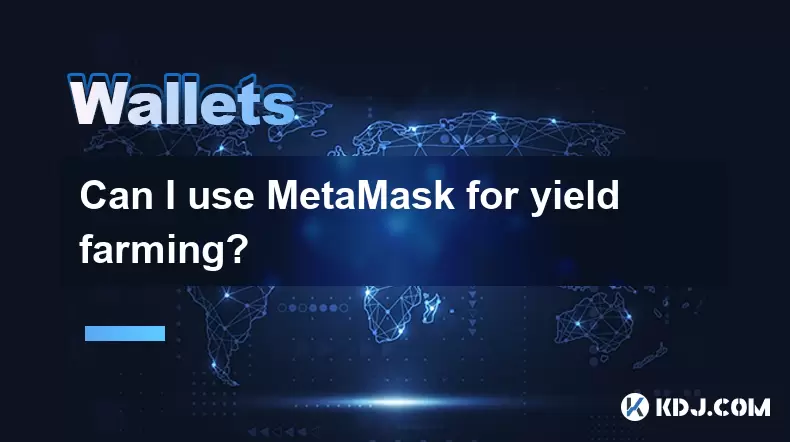
Understanding Yield Farming and MetaMask Integration
Yield farming is a method within the decentralized finance (DeFi) ecosystem where users lend or stake their cryptocurrency assets to earn rewards in the form of additional tokens. These rewards are typically distributed by DeFi protocols as incentives for providing liquidity. MetaMask, a widely used cryptocurrency wallet, plays a crucial role in accessing these opportunities. It functions as a bridge between users and various DeFi platforms, enabling seamless interaction with decentralized applications (dApps). Since MetaMask supports the Ethereum Virtual Machine (EVM), it is compatible with numerous blockchains such as Ethereum, Binance Smart Chain, Polygon, and others where yield farming is prevalent.
To engage in yield farming using MetaMask, users must first ensure their wallet is properly configured for the network they intend to use. This involves switching the network within MetaMask or adding a custom RPC if the chain isn't preloaded. The wallet allows users to connect directly to yield farming platforms like Aave, SushiSwap, or Yearn Finance by clicking "Connect Wallet" on the platform's interface. Once connected, the user's token balances and transaction history become accessible to the dApp, enabling deposit, withdrawal, and reward claiming functionalities.
Setting Up MetaMask for DeFi Platforms
Before initiating any yield farming activities, it's essential to configure MetaMask correctly. Begin by installing the MetaMask browser extension or mobile app if not already done. After installation, create or import a wallet. Then, ensure sufficient native network tokens (e.g., ETH for Ethereum, MATIC for Polygon) are available to cover gas fees. Without gas tokens, transactions cannot be processed.
To connect to a yield farming platform:
- Open the DeFi platform in a compatible browser (e.g., Chrome or Brave)
- Click the "Connect Wallet" button, usually located in the top-right corner
- Select MetaMask from the wallet options
- Confirm the connection request in the MetaMask pop-up window
- Approve the connection by clicking "Next" and then "Connect"
After successful connection, the platform will display the wallet’s token balances. Some platforms may require additional steps such as approving token spending limits before depositing assets. This approval is a one-time blockchain transaction that authorizes the protocol to access specific tokens in your wallet.
Choosing a Yield Farming Platform
Not all DeFi platforms offer the same yield farming mechanics. Users must evaluate platforms based on APY (Annual Percentage Yield), token safety, and project audits. High APYs can be tempting, but they may come with elevated risks such as smart contract vulnerabilities or impermanent loss. Platforms like Uniswap, PancakeSwap, and Curve Finance provide liquidity pools where users can deposit token pairs and earn trading fees plus additional token incentives.
When selecting a platform accessible via MetaMask:
- Verify the official website URL to avoid phishing sites
- Check if the platform is listed on trusted aggregators like DeFi Pulse or CoinGecko
- Review community feedback and audit reports from firms like CertiK or PeckShield
- Ensure the platform supports the blockchain network currently active in MetaMask
For example, to farm on Polygon using MetaMask, switch the network to Polygon Mainnet within the wallet settings. Then visit the Polygon-compatible version of a platform like QuickSwap. The interface will reflect the correct chain, and deposited assets will be utilized within that ecosystem.
Executing a Yield Farming Transaction
Once connected and on the correct network, users can begin depositing assets into a liquidity pool. Suppose you want to provide liquidity for a USDC/DAI pair on SushiSwap. The steps are as follows:
- Navigate to the "Pool" or "Liquidity" section of the platform
- Select the token pair and enter the amount for each token
- Click "Supply" or "Add Liquidity"
- MetaMask will prompt a transaction confirmation window
- Review the gas fee, transaction details, and slippage tolerance
- Click "Confirm" to broadcast the transaction to the network
After confirmation, the platform issues LP (Liquidity Provider) tokens representing your share in the pool. These tokens can be staked in a separate farm to earn additional rewards. To claim earnings:
- Go to the "Farms" or "Earn" section
- Locate your staked LP tokens
- Click "Harvest" or "Claim"
- Confirm the transaction in MetaMask
Withdrawing principal requires unstaking LP tokens and then removing liquidity, which returns the original tokens minus any fees or losses.
Risks and Security Considerations
Using MetaMask for yield farming exposes users to several risks. Smart contract exploits can lead to loss of funds if the protocol is compromised. Users must never share their seed phrase and should only interact with verified dApps. Phishing attacks often mimic legitimate platforms, so double-check URLs and connection prompts.Impermanent loss is another concern, especially in volatile token pairs. This occurs when the price ratio of deposited tokens changes significantly, resulting in lower value upon withdrawal compared to holding. Additionally, high gas fees on networks like Ethereum can reduce net profits, making small-scale farming inefficient.
Always use hardware wallets in conjunction with MetaMask for added security. Enable two-factor authentication on associated email accounts and consider using a separate wallet for DeFi activities to limit exposure.
Frequently Asked Questions
Can I use MetaMask with non-EVM blockchains for yield farming?
MetaMask primarily supports EVM-compatible chains. For non-EVM blockchains like Solana or Terra, alternative wallets such as Phantom or Keplr are required. However, MetaMask can be configured for EVM sidechains like Avalanche C-Chain, Fantom, or Arbitrum, expanding its utility in cross-chain yield farming.Do I need to pay fees every time I claim rewards?
Yes, every on-chain transaction, including reward claims, requires gas fees. These fees vary based on network congestion and the complexity of the transaction. Some platforms offer batch claiming or fee optimization tools to reduce costs over time.What happens if I lose access to my MetaMask wallet?
If you lose access to your MetaMask wallet, you can restore it using the 12- or 24-word recovery phrase on another device. Without the seed phrase, recovery is impossible. Never store the phrase digitally or share it with anyone.Can I farm yield with stablecoins using MetaMask?
Yes, stablecoin pairs like USDC/USDT or DAI/USDC are common in yield farming. They reduce volatility risk and are available on platforms such as Curve or Aave. Deposit stablecoins via MetaMask into designated pools to earn fees and incentives.
Disclaimer:info@kdj.com
The information provided is not trading advice. kdj.com does not assume any responsibility for any investments made based on the information provided in this article. Cryptocurrencies are highly volatile and it is highly recommended that you invest with caution after thorough research!
If you believe that the content used on this website infringes your copyright, please contact us immediately (info@kdj.com) and we will delete it promptly.
- Kazakhstan's Crypto Leap: Bitcoin ETF and Central Asia's Digital Finance Future
- 2025-08-13 12:45:19
- BlockDAG Presale Blazes Past $371M: Fundraising Frenzy Fuels Crypto Sensation
- 2025-08-13 13:05:21
- Meme Coins: Chasing the 2025 Surge – Which Will Moonshot?
- 2025-08-13 10:25:23
- Bitcoin's Wild Ride: Rally, Pullback, and What's Next
- 2025-08-13 10:25:23
- Bitcoin, Bitmax, and Institutional Demand: A New Era of Crypto Investment
- 2025-08-13 10:45:12
- Solana, ROAM, and Airdrops: What's the Buzz in 2025?
- 2025-08-13 11:35:13
Related knowledge
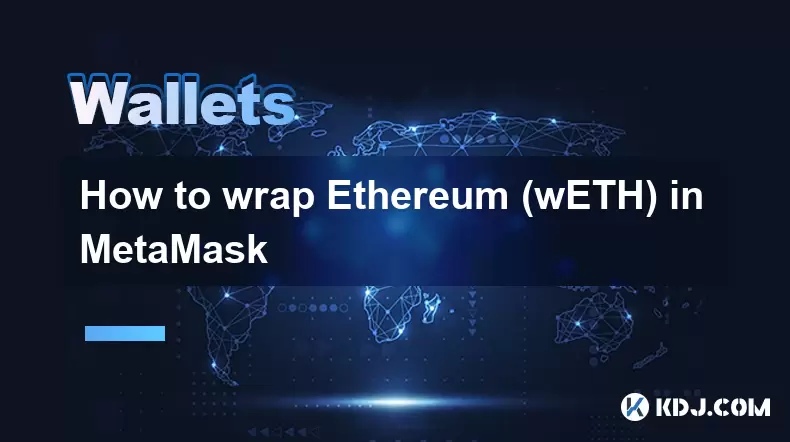
How to wrap Ethereum (wETH) in MetaMask
Aug 13,2025 at 11:36am
Understanding Wrapped Ethereum (wETH)Wrapped Ethereum (wETH) is a tokenized version of native Ethereum (ETH) that conforms to the ERC-20 standard, ena...

How to manage your portfolio in Exodus wallet
Aug 08,2025 at 10:07pm
Understanding the Exodus Wallet InterfaceThe Exodus wallet is a non-custodial cryptocurrency wallet that supports a wide range of digital assets. When...
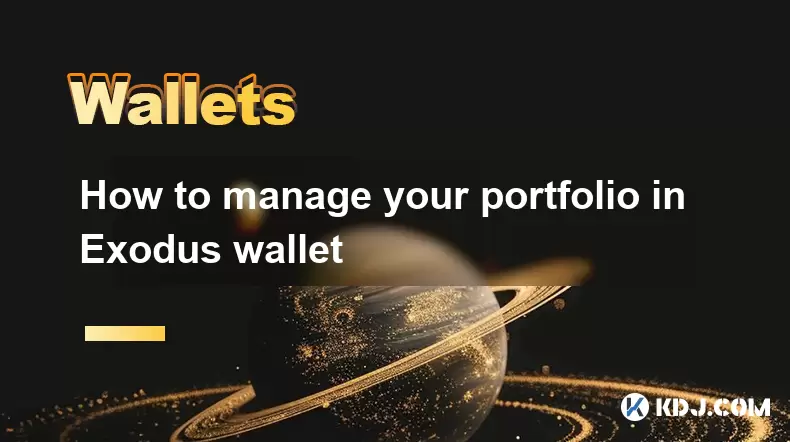
How to manage your portfolio in Exodus wallet
Aug 13,2025 at 11:35am
Understanding the Exodus Wallet InterfaceThe Exodus wallet is a non-custodial cryptocurrency wallet that supports a wide range of digital assets. Upon...

How to reset your MetaMask password
Aug 08,2025 at 01:28pm
Understanding the MetaMask Password Reset ProcessMany users confuse the MetaMask password with the seed phrase or private key, but they serve differen...
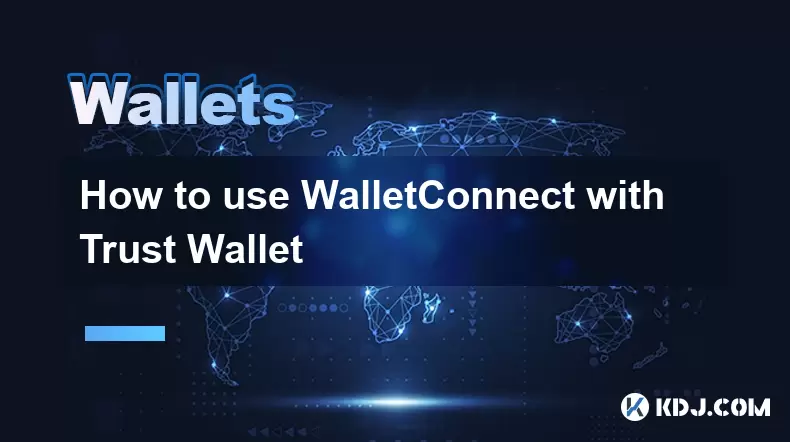
How to use WalletConnect with Trust Wallet
Aug 13,2025 at 01:07am
What Is WalletConnect and Why It Matters for Trust Wallet UsersWalletConnect is an open-source protocol that enables secure communication between dece...
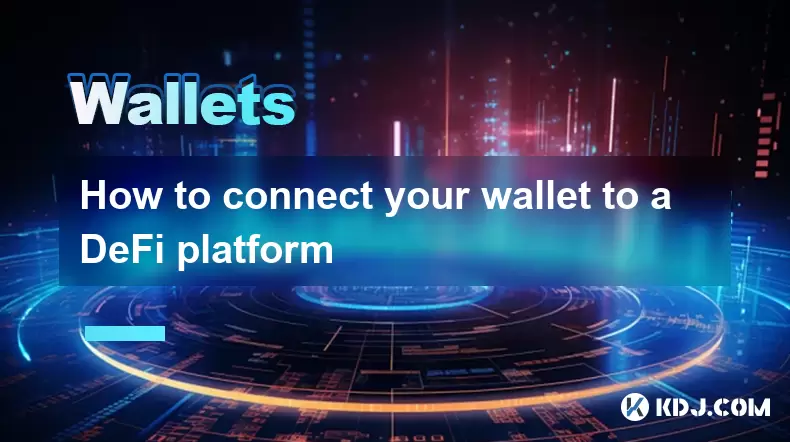
How to connect your wallet to a DeFi platform
Aug 13,2025 at 11:36am
Understanding Wallet Compatibility with DeFi PlatformsBefore connecting your wallet to any DeFi platform, it's essential to ensure your wallet is comp...

How to wrap Ethereum (wETH) in MetaMask
Aug 13,2025 at 11:36am
Understanding Wrapped Ethereum (wETH)Wrapped Ethereum (wETH) is a tokenized version of native Ethereum (ETH) that conforms to the ERC-20 standard, ena...

How to manage your portfolio in Exodus wallet
Aug 08,2025 at 10:07pm
Understanding the Exodus Wallet InterfaceThe Exodus wallet is a non-custodial cryptocurrency wallet that supports a wide range of digital assets. When...

How to manage your portfolio in Exodus wallet
Aug 13,2025 at 11:35am
Understanding the Exodus Wallet InterfaceThe Exodus wallet is a non-custodial cryptocurrency wallet that supports a wide range of digital assets. Upon...

How to reset your MetaMask password
Aug 08,2025 at 01:28pm
Understanding the MetaMask Password Reset ProcessMany users confuse the MetaMask password with the seed phrase or private key, but they serve differen...

How to use WalletConnect with Trust Wallet
Aug 13,2025 at 01:07am
What Is WalletConnect and Why It Matters for Trust Wallet UsersWalletConnect is an open-source protocol that enables secure communication between dece...

How to connect your wallet to a DeFi platform
Aug 13,2025 at 11:36am
Understanding Wallet Compatibility with DeFi PlatformsBefore connecting your wallet to any DeFi platform, it's essential to ensure your wallet is comp...
See all articles

























































































